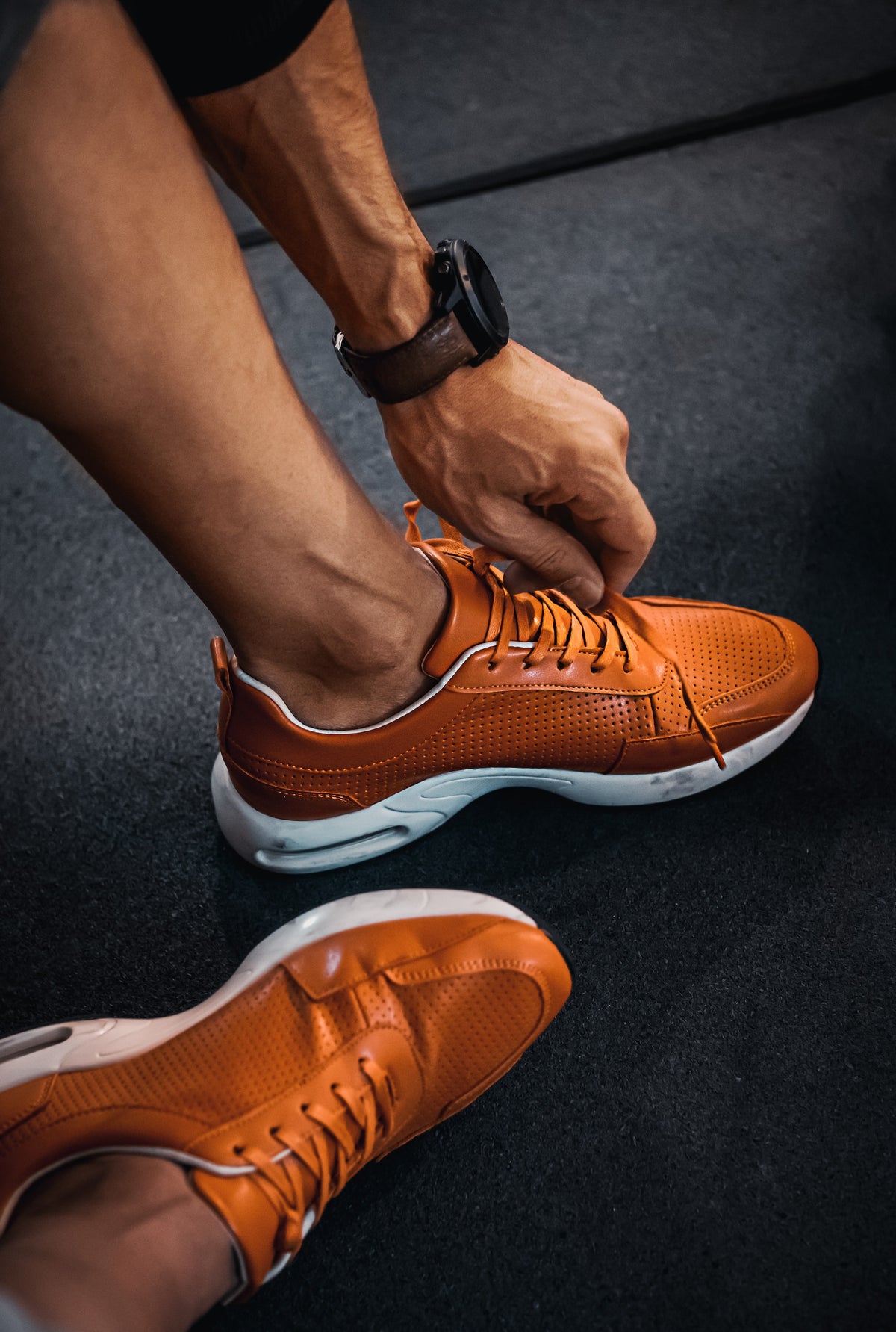
Having a painful or achy sensation on the bottom of your feet could mean that you are experiencing bursitis of the foot.
But, just what is bursitis, what causes it, and how can it be taken care of?
In this article, we will cover the basics of bursitis, including how it comes about, what you can do about it at home, and when you need to go see a professional for more extensive treatment.
Bursae are fluid-filled sacs that are placed throughout the body to help cushion the bones, joints, tendons, and muscles in certain areas of the body.
Bursae are found in the knees, shoulders, hips, ankles, and heels, and when these sacs become inflamed it is called bursitis.
On the foot, there are bursae located on the back of the heel bone, underneath the ball of the foot, as well as a bursa in the side of the foot just under the big toe.
The bursa on the heel is one of the most common sites of bursitis, and this bursa is meant to help protect the Achilles tendon from the pressure of the heel bone when you are standing, walking, or exercising.
Pain when moving feet or applying pressure to feet
Tenderness
Swelling
Difficulty moving feet
Heat radiating from the area
Redness at the site of pain
Fever
Anything that can irritate or inflame the bursa can cause bursitis.
The most common causes are injury or overuse of the area, too much pressure on the feet, an infection of the bursa, or crystals in the bursa due to other medical conditions.
When there is a direct injury to the bursa area it may react by becoming inflamed and feeling painful.
Overuse can occur when someone takes up a new sport or exercise regimen and is putting a lot of pressure on the bursa site.
Always ease your way into a new exercise regimen, or allow breaks from the activity if your bursitis becomes painful.
If you are heavier than your recommended weight for your frame, you may be putting extra pressure on the bursa in your feet.
Over time, this extra pressure may cause a painful and inflamed bursa.
Adjust your diet and exercise to help you maintain a healthy weight and reduce any extra pressure on the bursa in your feet.
In bursa which are very close to the skin surface, it is possible that bacteria enter through injuries or damage to the skin and can infect the bursa itself.
This happens more often in the bursa which are placed just below the skin, such as in your elbow.
You may need to get prescription antibiotics from your doctor to help clear an infected bursa.
Certain medical conditions can put you at risk for developing small crystals inside of the bursa, and when these crystals form it can cause pain and inflammation.
Gout, rheumatoid arthritis, and scleroderma can all increase your chances of developing these crystals and subsequent bursitis.
In the case of bursitis in your foot, it can occur if you are not giving your feet the proper support and cushioning while you are walking or participating in athletics.
Have your shoes professionally sized and avoid flimsy shoes that are lacking in general foot support.
Bursitis can normally be managed with at-home care using over-the-counter products and pain management methods.
However, if the pain is severe, worsens, or does not go away within about 2 weeks you may need to speak with a doctor for treatment.
Rest the area
Ice the affected area for 20 minutes at a time
Elevate the feet
Apply a heating pad to the area
Soak your feet or take a warm bath
Take an over-the-counter pain medication (ibuprofen, naproxen)
Switch to shoes with proper arch support and cushioning
Here at Zen Nutrients, we developed a foot support supplement which may be a welcome addition to your general foot health regimen.*
Learn more about pharmacist-formulated PodiVite today.*
*These statements have not been evaluated by the Food and Drug Administration. These products are not intended to diagnose, treat, cure or prevent any disease.